When choosing a tax system, a significant role, if not decisive, is played by VAT. This tax is very complex and ambiguous. No wonder that many entrepreneurs and small companies would like to avoid paying it. To this end, they prefer to apply a simplified tax regime. VAT under the simplified tax system is not generally paid, although there are a number of exceptions.
What taxes does the simplified system replace
Simplified tax system or simplified payment system is a system in which an entity pays one tax instead of several payments. In this case, the taxpayer can choose for himself whether he will take his costs into account when calculating the tax base. If expenses are deductible from income, the tax is calculated at a rate of 15%. If the calculation is based on the amount of income, then the rate of 6% is applied. The choice is made before applying this mode.
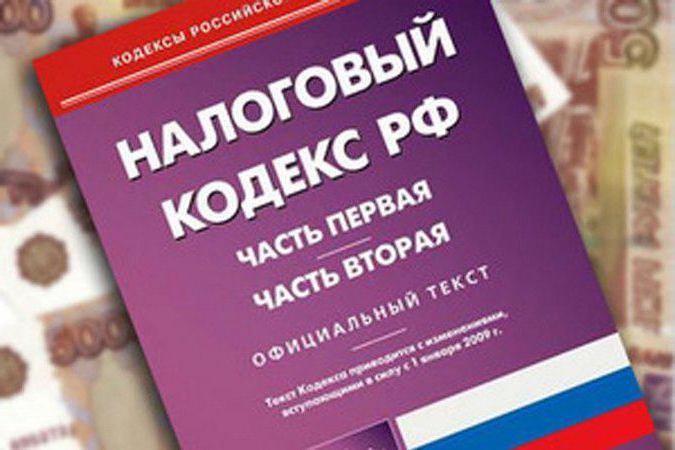
Tax under the simplified tax system replaces the following mandatory payments for legal entities:
- VAT - value added tax (except in certain cases).
- Income tax (other than income from dividends and certain debt obligations).
- Property tax of legal entities (excluding real estate objects taxed on the basis of their cadastral value).
For individual entrepreneurs, a simplified tax is paid in return for the following:
- VAT (the same conditions apply as for legal entities).
- Personal income tax (own income of the entrepreneur).
- Personal property tax on property that is used in entrepreneurial activities (except for individual objects).
Thus, the answer to the question whether VAT is paid under the simplified tax system is generally negative. Neither companies nor entrepreneurs should do this during ordinary operations. However, there are exceptions, and there are many.
When with the simplified tax system you need to pay VAT
The Tax Code provides for situations in which the obligation to pay this tax arises for those entities that usually work without VAT - on the USN, UTII, patent and in other cases. Here are the main ones:
- import of goods into the territory of Russia (the so-called import VAT arises, which must be paid at customs);
- conducting operations on certain types of contracts (for example, simple partnership);
- VAT tax agency, for example, in the case of renting municipal property or purchasing goods / services from a foreign company in Russia (if it does not have a local representative office);
- issuing an invoice, which separately indicates the amount of VAT for the simplified tax system or other special tax regime.
For the last reason, we dwell in more detail, since often simplistic workers fall into such a situation because of their own ignorance.
Is it possible to issue invoices on a simplified payment system
Quite often, suppliers on the STS are faced with the request of their counterparties to issue an invoice. Unaware of the consequences, they go towards the buyer. However, the company or individual entrepreneur does not pay VAT on the simplified tax system, which means that they should not issue invoices either. Moreover, issuing an invoice, in which the amount of VAT is highlighted in a separate line, leads to the fact that the company or individual entrepreneur at the USN assumes the responsibilities of its payer for this operation. This means that the tax indicated on the invoice must be paid to the budget. And at the end of the quarter, file a VAT return.
Thus, by issuing the aforementioned document with VAT at the simplified tax system, you can, at your own ignorance, lose at best 18% of income. And at worst, also pay sanctions for the fact that when accounting and reporting violations were committed.
VAT can be reported exclusively in electronic form - the report on paper will not be accepted by the inspection.This applies to all who submit reports, with the exception of tax agents who do not pay their own VAT. However, no concessions associated with the fact that the company usually does not pay this type of tax are not provided. The VAT return for the simplified tax system must be submitted in electronic format through a document management system with a tax office, the operability of which is ensured by the operator company. If the organization or individual entrepreneur does not introduce an electronic exchange of documents with the IFTS, then it will not work to report on VAT.
Note that if you draw up an invoice for the simplified tax system without VAT, then there will be no such problems, since there will be no taxpayer obligation.
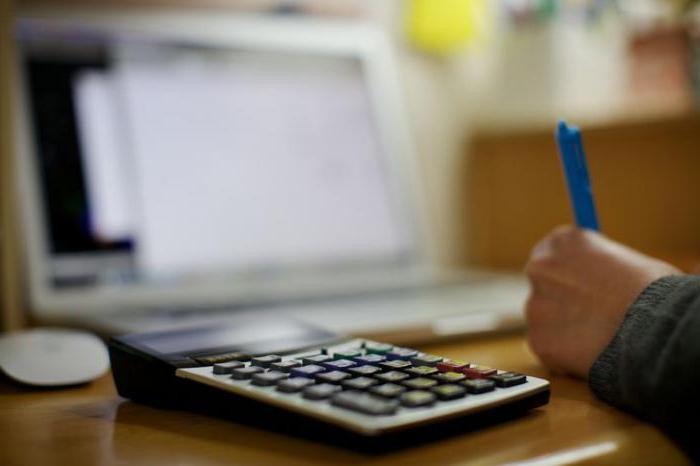
What to choose: VAT payment or simplification
How is it more profitable to work with or without VAT? It depends on what tax regimes are applied by the main counterparties. Large commercial companies pay VAT, since the possibility of applying STS is limited by income. So, they will prefer to work with suppliers on DOS, because in this case they can declare input tax deductible.
When the seller does not pay VAT, the tax in the documents is not allocated and cannot be credited by the buyer. This is exactly what happens with the STS. VAT refund, which the buyer is not able to deduct, usually occurs by providing a comparable discount or better conditions of the contract.
If you become a payer of VAT and other taxes provided by the main tax system, the process of accounting and reporting is seriously complicated. In addition, the IFTS has more reasons for inspections and sanctions. Not to mention that the budget will have to transfer a lot more money.
STS criteria
The simplified regime was developed as a measure of support for small businesses. Therefore, companies that are not large can use it. The law establishes a list of restrictions on the application of the simplified tax system:
- annual income of not more than 150 million rubles;
- residual value of fixed assets not more than 150 million rubles;
- the average number of employees per year is not more than 100 people.
These criteria apply both to legal entities and to individual entrepreneurs. However, organizations have additional requirements:
- lack of branches;
- if the participants include legal entities, their share is not more than 25%;
- if the organization is going to switch to the simplified tax system in the next year, then in the current year its income for the period from January to September inclusive should not exceed the amount of 112.5 million rubles.
The above figures sometimes change, therefore, during the application of the simplified tax system, it is recommended to check with the Tax Code (Article 346.12).
In addition, the simplified tax system cannot be used in the implementation of certain activities. This is prohibited by banks, insurance companies, microfinance organizations, investment funds, securities market participants, pawnshops, notaries and some other entities.
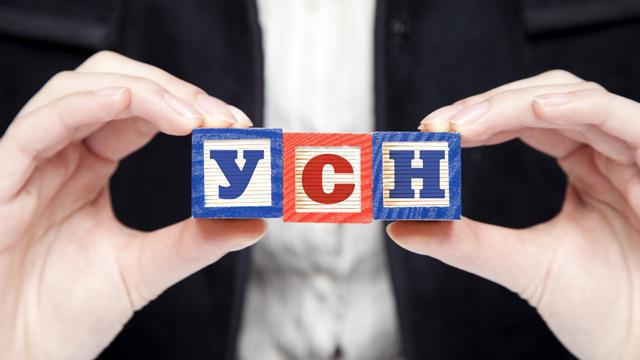
Transition to STS
If the organization meets the above requirements, it may, at its request, switch to simplification. This is done in a notification manner, that is, no permission is required. True, you have to wait until the end of this year. This is due to the fact that changing the tax regime is allowed from the beginning of next year.
To be able to use the simplified tax system, an organization or individual entrepreneur submits a notification to the district inspection in accordance with form 26.2-1 recommended by the Federal Tax Service Inspectorate. You need to do this before the end of this year.
If desired, may be paid by STS and former chief executives. They can apply simplification from the month in which they ceased to pay UTII. The IFTS should be notified of this within 30 days.
New organizations and entrepreneurs can inform about the desire to use the simplified tax system at the time of opening by submitting the aforementioned form along with the documents required for registration. Or it can be done within 30 days after the subject is registered. If he did not declare the use of simplification, it will be considered that the basic system is applied.
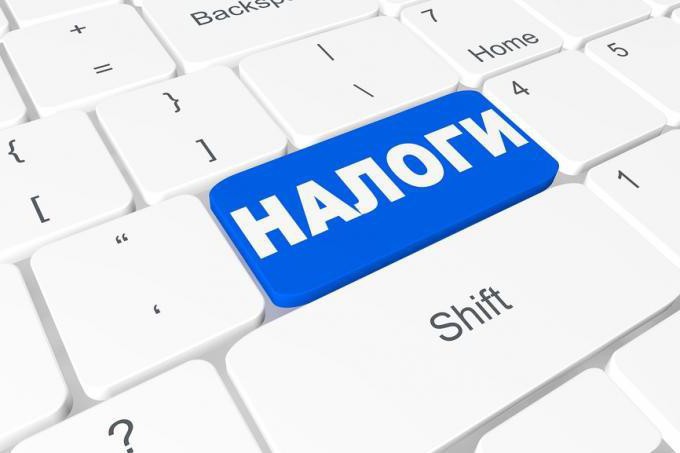
How to restore VAT upon transition to the simplified tax system
VAT payers generally take input tax deductible. That is, they reduce their tax liabilities for VAT by its amount. Tax evaders do not have such an opportunity. In this regard, before moving from DOS to simplification, the entity must restore the previously credited VAT on the property that was available at the time of the transition. This applies to stocks of goods and materials, advances listed, property rights acquired, as well as everything related to fixed assets.
VAT recovery in the simplified tax system should be carried out before the application of the special regime. This is done in the tax period preceding the transition. Since it is possible only from the beginning of the new year, it is necessary to restore VAT in the fourth quarter of the previous year. The tax is recovered at a time, without transfers, deferrals, etc. For tax accounting purposes, the recovered amount can be written off to other expenses.
As for the recovery of VAT on fixed assets, there is a nuance. The same applies to intangible assets. The fact is that such property is subject to depreciation. Therefore, it is necessary to restore VAT from fixed assets and intangible assets in an amount proportional to their residual value, excluding revaluation. The residual value, in turn, is determined according to accounting. The formula for calculating VAT is as follows:
VAT recoverable = VAT deducted * Residual value / Initial cost.
What about VAT on acquired property? After all, there is a norm of article 171.1 of the Tax Code of the Russian Federation, which states the need to restore this tax within 10 years. But the fact is that this procedure does not apply to cases when the tax is restored in connection with the transition to the simplified tax system. The mentioned article regulates the procedure for VAT recovery for payers. It says that they should reflect such amounts in VAT returns. With the simplified tax system, the company will cease to be a payer of this tax and submit declarations. Therefore, it must restore the entire amount of VAT from the acquired property at a time before the transition in the same manner as for other property subject to depreciation.
The value added tax on other assets is restored to the extent that it was accepted for deduction. Please note that the restoration of VAT before switching to the simplified tax system applies only to the property for which it was set off. If it was not there, then there is no need to restore anything.

What else to consider when switching to simplified
It happens that the advance is received at the OCH, and the shipment will take place already at the simplification. In such circumstances, the amount of VAT paid on the advance payment received should be deducted. This is also done in the IV quarter of the year preceding the transition to the simplified tax system. To do this, you need to return the amount of tax to the buyer and obtain a document confirming this. Or you can terminate the contract and return the entire advance. And then conclude a new agreement in which to prescribe that the sale of goods / services in connection with the simplified tax system is not subject to VAT.
So, preparations for the transition to simplification from next year begin in the last quarter of the current weather. The chronology is something like this:
- verify compliance with the simplified tax system criteria, including the amount of income for the first 3 quarters of the current year;
- make a decision on the transition to the simplified tax system;
- to sell / write off goods and materials to the maximum, close debts and advances received;
- restore VAT on property that remained at the time of transition;
- submit a notification to the IFTS on the application of the simplified tax system (before the end of the year).
If you decide to return to VAT
It must be borne in mind that it will not be possible to quickly switch from a simplified tax system to VAT, that is, to return to the main tax regime. The return transition is possible only next year. This also applies to new entities that decide to abandon simplifications - they will have to live with the chosen regime until the end of the year.
The transition from the simplified tax system to the main system is unlimited and is voluntary. All that needs to be done is to notify the Federal Tax Service Inspectorate before January 15 of the year from which it was decided to return to the general taxation regime. Also, do not forget about reporting - a declaration on the simplified tax system for the last year of its application is filed in the usual manner.
The only way to return to VAT before the start of next year is to lose the right to apply special regime. This happens if the subject ceases to satisfy the conditions allowing the use of simplification.
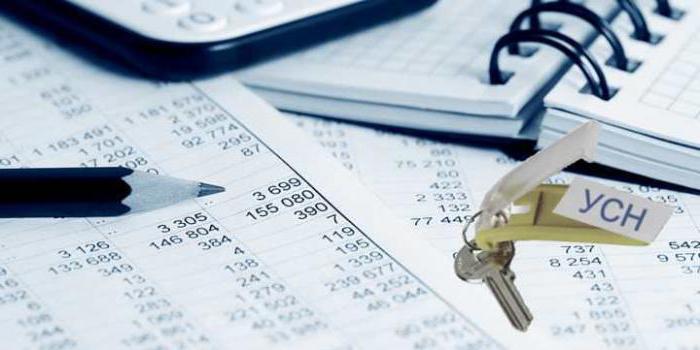
If the subject has flown with the USN
USN criteria are valid not only at the time of transition to special mode, but also during its application. Therefore, organizations and individual entrepreneurs need to constantly monitor to comply with them. After all, if the subject goes beyond the established limits, then he will lose the right to apply simplification. In this case, it will automatically appear on the main taxation system with all the accounting and reporting obligations arising from this, as well as sanctions for their violation.
Having flown off from the simplified tax system, the company / individual applies the main tax regime starting from the quarter in which it lost the right to simplify. And within 15 days after its completion, it is necessary to notify the Federal Tax Service Inspectorate about the termination of the application of the simplified tax system. It will be necessary to accrue taxes on DOS, including VAT, from the very beginning of the quarter. At the same time, the company or individual entrepreneur who flies with the STS will be considered a newly created entity in terms of calculating taxes that were not on STS.
Suppose that the company restored the VAT upon the transition to the simplified tax system from its property, and then flew away from it. Can she now take the restored tax deductible? Definitely not. After all, these amounts were previously written off as other income tax expenses.
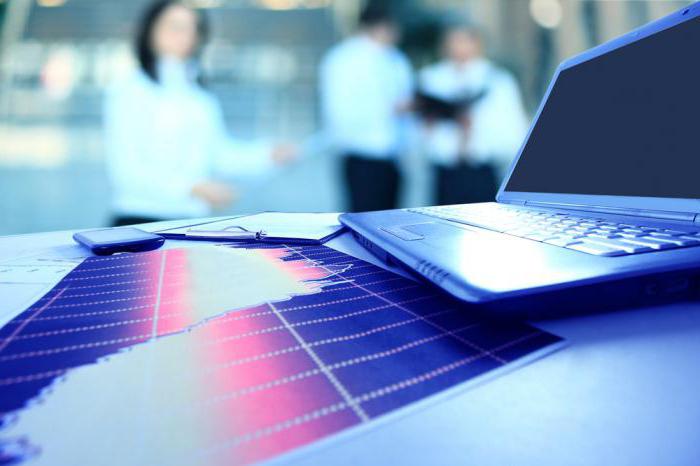
To summarize
So, for companies and entrepreneurs who use the simplified tax system, in general, there is no obligation to pay VAT. However, there are a number of cases when they are nevertheless obliged to pay this tax. This is most often associated with either the import of goods or the issuing of invoices with the allocated tax amount at the request of its customers.
Each businessman must decide for himself how it is more profitable for him to work: to pay VAT and be able to conclude agreements with large contractors, or use the simplified tax system and save on taxes. He can repeatedly switch from one regime to another, but only from the beginning of next year. Of course, provided that it meets the criteria for the use of simplification. In addition, the transition to the simplified tax system requires some preparation. One of the points requiring special attention when switching to the simplified tax system is the restoration of property VAT.